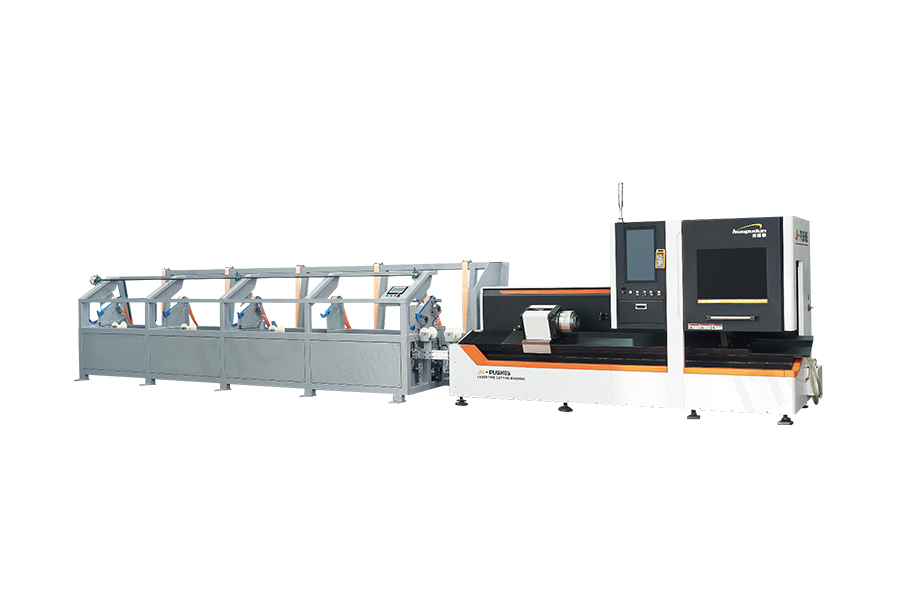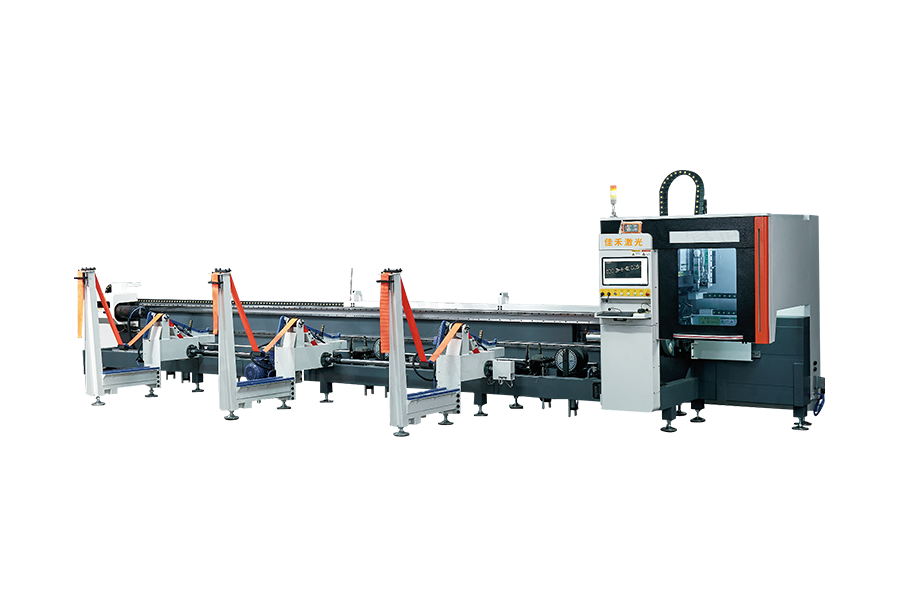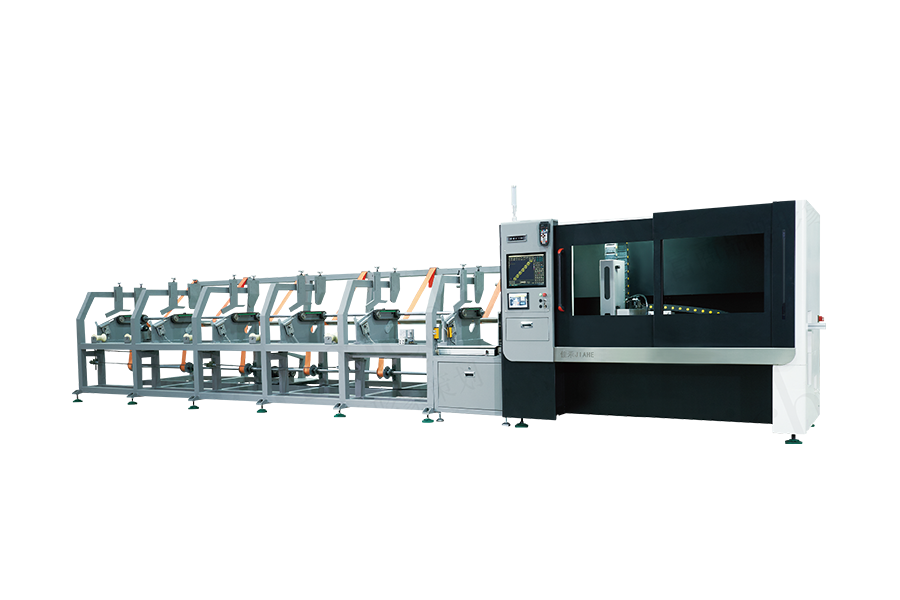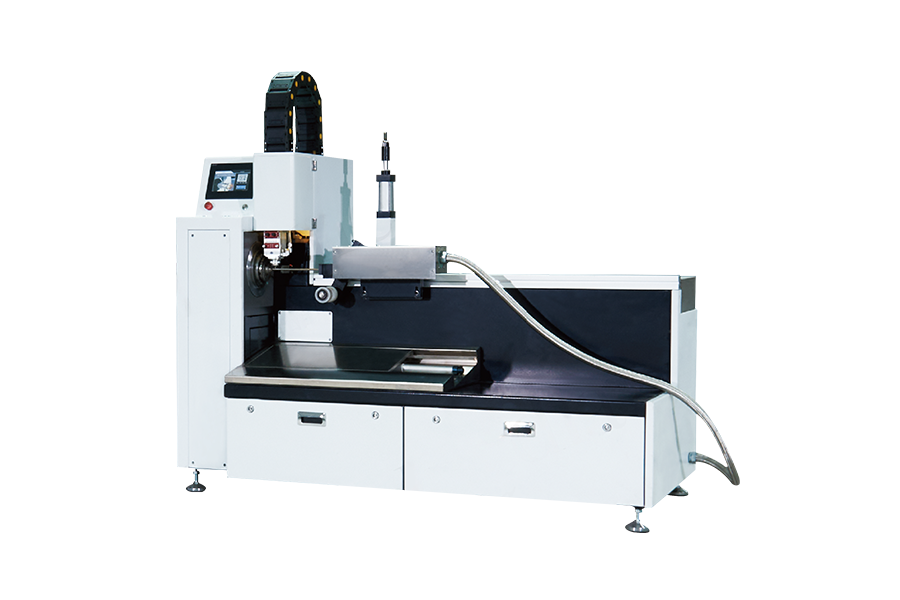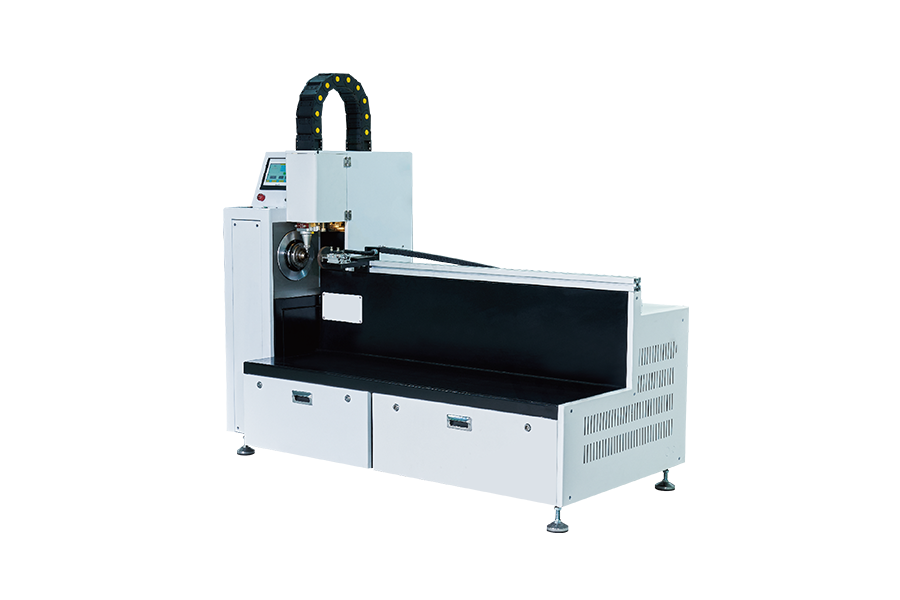Professional R&D, production, sales and after-sales integration.
We have many years of experience in R&D of automation technology and laser technology
Choosing the right Automatic Pipe Cutting Machine is a key decision for many manufacturing and fabrication businesses. Two of the popular cutting technologies used today are laser cutting and plasma cutting. Each has unique characteristics that make it better suited for specific applications, materials, and budgets. Understanding the differences between laser and plasma technologies helps operators select the appropriate Automatic Pipe Cutting Machine for their needs. This article explores the advantages and limitations of both options in a practical, easy-to-understand way.
Laser cutting uses a concentrated beam of light to cut through materials. This beam is severely precise and can make very clean and narrow cuts on pipes. An Automatic Pipe Cutting Machine equipped with laser technology directs the laser to melt or vaporize the material along a programmed path, creating smooth edges.
Plasma cutting, on the other hand, uses an electrically conductive gas that is heated to an severely high temperature. This ionized gas, or plasma, melts the metal, and a jet blows the molten material away. Plasma cutting is known for quickly cutting through thick metals but tends to produce slightly wider cut lines compared to lasers.
Both laser and plasma Automatic Pipe Cutting Machines can cut metal pipes, but they differ in material versatility. Laser cutting machines are good for thin to medium thickness metals like stainless steel, aluminum, and carbon steel. The high precision is especially useful for projects requiring fine detail or intricate designs.
Plasma cutters handle a wider range of metal thicknesses, including very thick steel pipes that might be challenging for lasers. However, plasma cutting is generally limited to conductive metals. For non-metal pipes like plastics, neither laser nor plasma is typically used; other cutting technologies might be preferred.
Laser technology in an Automatic Pipe Cutting Machine offers very high precision with reduced heat affected zones. This means the surrounding material remains largely unaffected, reducing warping or discoloration. The edges are usually smooth and may require little to no finishing work.
Plasma Automatic Pipe Cutting Machines tend to cut faster on thicker metals due to their high energy output. They are favored for applications where speed is important and very high precision is not the main concern.
Laser machines generally operate slower on thicker materials but excel at precision work and cutting thinner pipes with clean results. The efficiency of laser cutting becomes more apparent in complex or detailed cutting tasks.
Laser-equipped Automatic Pipe Cutting Machines usually involve higher initial investment costs and require more specialized maintenance. Components like laser tubes or optics need careful handling, and repair costs can be significant.
Plasma cutting machines are generally more affordable and simpler to maintain. Consumables like nozzles and electrodes wear out but are usually less expensive to replace. For businesses with budget constraints, plasma machines often offer a practical choice.
Laser cutting machines necessitate a controlled environment to ensure safety and safeguard delicate components. These machines often rely on ventilation systems to eliminate fumes generated during the cutting process.
Plasma cutting machines, on the other hand, produce more sparks and noise but are more adaptable to workshop conditions. Despite this, operators must still don protective equipment and ensure adequate ventilation to manage the gases and particulates emitted.
The choice between a laser or plasma automatic pipe cutting machine hinges on several factors, including the type of pipe material, its thickness, the level of precision required, budget constraints, and the desired production pace.
For projects that demand intricate, high-precision cuts on thin to medium pipes, a laser cutting machine is often the more suitable option. Conversely, when the objective is to cut thick steel pipes rapidly and economically, plasma technology offers a more compelling advantage.
Both laser and plasma technologies have their places in modern Automatic Pipe Cutting Machines. Understanding their strengths and limitations helps users match the machine to their specific cutting needs. Whether precision or speed is the priority, selecting the right technology ensures efficient workflow, quality results, and long-term value in pipe cutting operations.
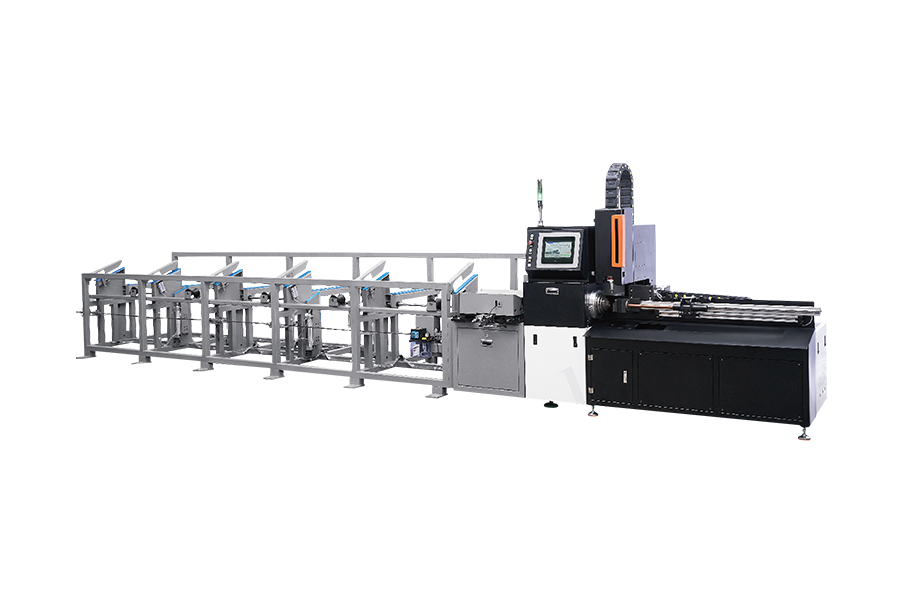

 English
English 中文简体
中文简体 русский
русский